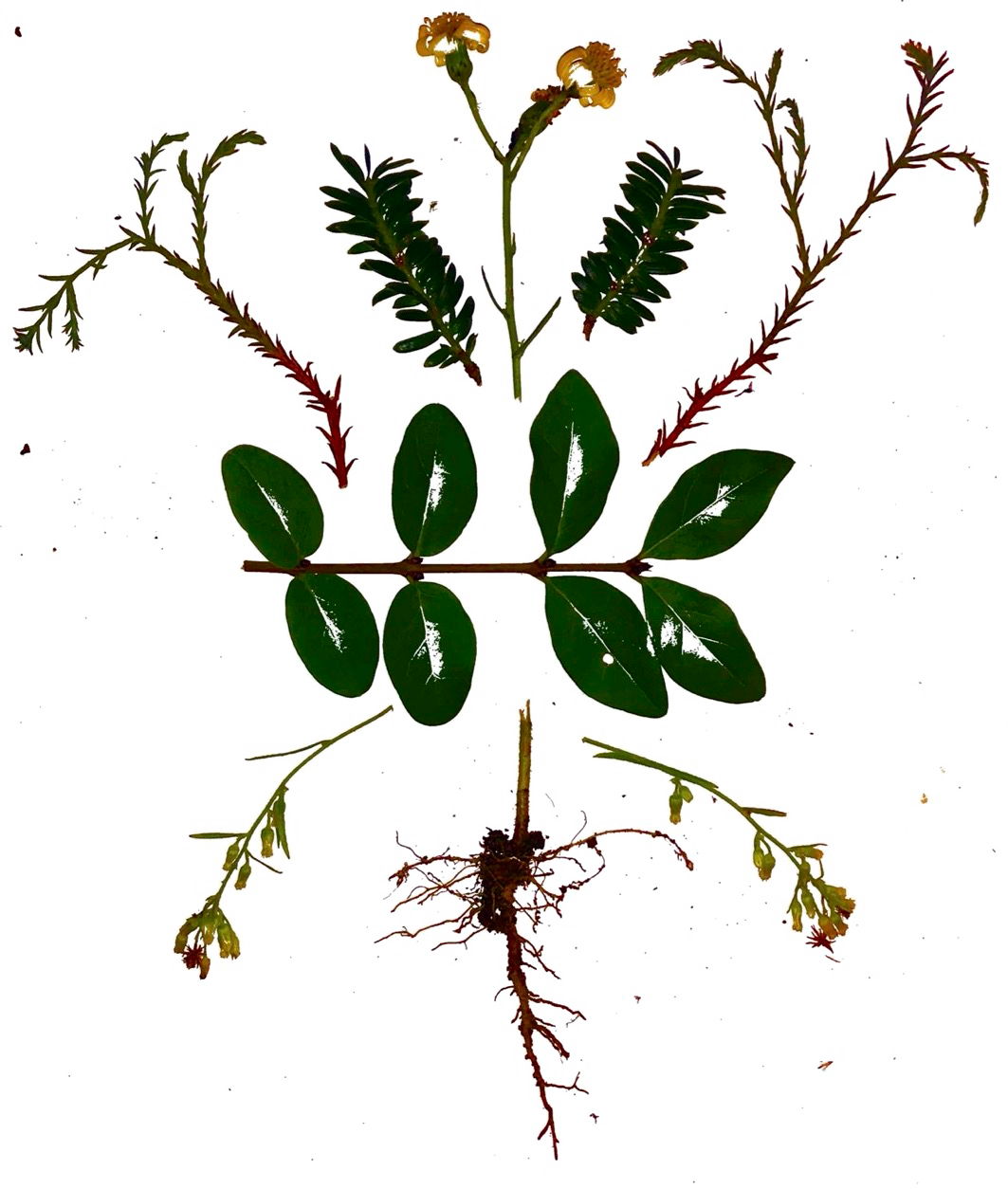About the Plant Becoming Project
The Plant Becoming Project is an ongoing investigation, speculating on the potential of utilizing scenic and experiential design in combination with dramaturgy and performance in order to promote plant perspectives.
Aims & Goals
The beauty of the dandelion is accessible and it is unnecessary to travel far beyond the city limits to get in touch.
This project believes that moments of resonance play a role in developing Plant Perspectives. Promoting self reflection and empathy towards our environment. The ultimate goal would be to solve global warming and existential crisis via plant becoming practises.
Plant Perspectives
A mindset where plants provide opportunities for learning and caring. Promoting a more expansive and wonder-filled relationship with the world through inner plant exploration and exercises.
A mindset where plants provide opportunities for learning and caring. Promoting a more expansive and wonder-filled relationship with the world through inner plant exploration and exercises.
Aims & Goals
We often reflect on ourselves when confronted with beauty in nature. These moments are usually few and we rarely give ourselves space to engage. We hope that by improving the connection with the inner plant, we enable participants to experience such moments more often.
The beauty of the dandelion is accessible and it is unnecessary to travel far beyond the city limits to get in touch.
This project believes that moments of resonance play a role in developing Plant Perspectives. Promoting self reflection and empathy towards our environment. The ultimate goal would be to solve global warming and existential crisis via plant becoming practises.
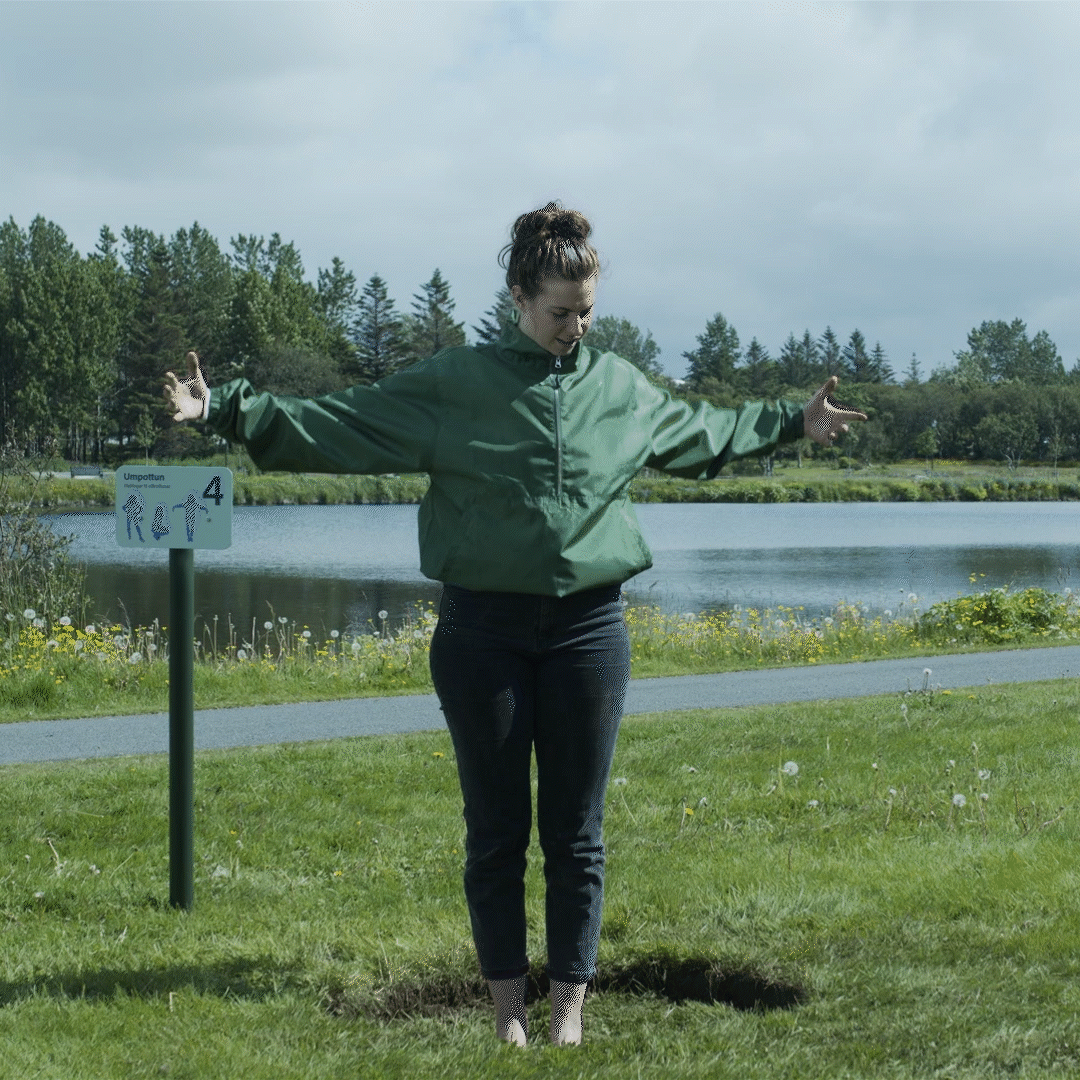
Methodology
The project is based on audience participation and activation. Where participants engage in Plant Becoming Excersises that provide resonating opportunities. Our methodology is still being shaped and is a continues exploration. Where we acknowledge the blurriness of the nature-human boundaries.
Those excersises where built on performative and embodied practises. They include the sences, the voice and movement.
Eyes and more
Usually when entering nature or engaging with the wild we rely on our visual experience. By closing our eyes, touching the surfaces, smelling them, tasting them we might promote a different moment that might be more powerful.
Voicing a landscape
By facilitating voice and singing excercises we try to engage with plants and landscapes through our voice. Singing with others and resonating with our environment through sound. Promoting a feeling of togeatherness and stepping outside of the comfort zone.
Props and costumes
A theatrical production will navigate an array of tools in order to deepen a moment, engage with the audience through movement, music, dance, sets, props and costumes. In a similar manner we use props and costumes to further engage participants to heigten the likelyhood of creating a connection. This also plays a role in scripting excercises and elements within them.
An attempt to mobilize participants in diverse contexts towards self-understanding and empathy; seeing the world from a plant perspective.
This text is not a complete - it is an attempt at transcriping some of the key elements we have engaged with in order to continue our exploration.
Those excersises where built on performative and embodied practises. They include the sences, the voice and movement.
Eyes and more
Usually when entering nature or engaging with the wild we rely on our visual experience. By closing our eyes, touching the surfaces, smelling them, tasting them we might promote a different moment that might be more powerful.
Voicing a landscape
By facilitating voice and singing excercises we try to engage with plants and landscapes through our voice. Singing with others and resonating with our environment through sound. Promoting a feeling of togeatherness and stepping outside of the comfort zone.
Props and costumes
A theatrical production will navigate an array of tools in order to deepen a moment, engage with the audience through movement, music, dance, sets, props and costumes. In a similar manner we use props and costumes to further engage participants to heigten the likelyhood of creating a connection. This also plays a role in scripting excercises and elements within them.
An attempt to mobilize participants in diverse contexts towards self-understanding and empathy; seeing the world from a plant perspective.
This text is not a complete - it is an attempt at transcriping some of the key elements we have engaged with in order to continue our exploration.
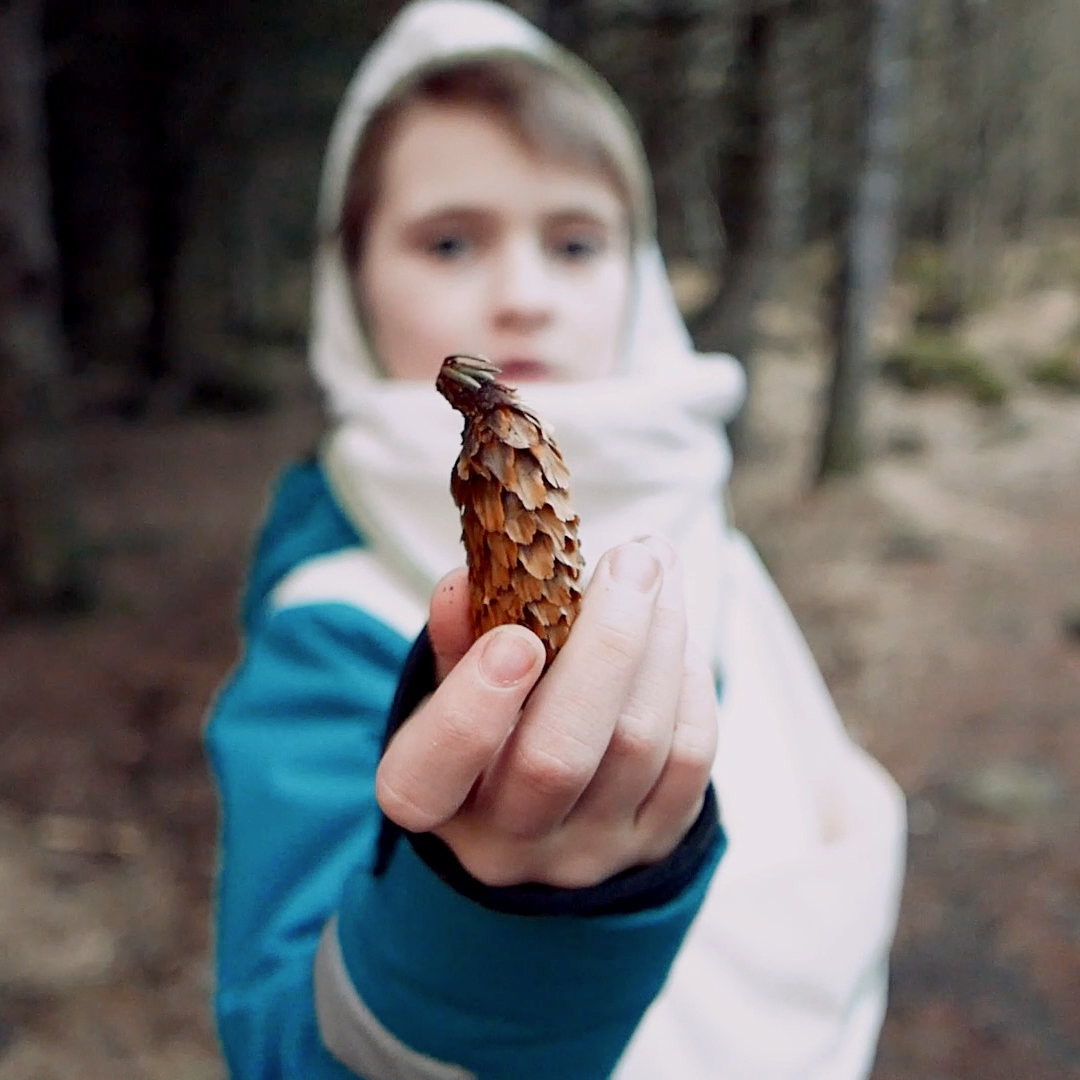
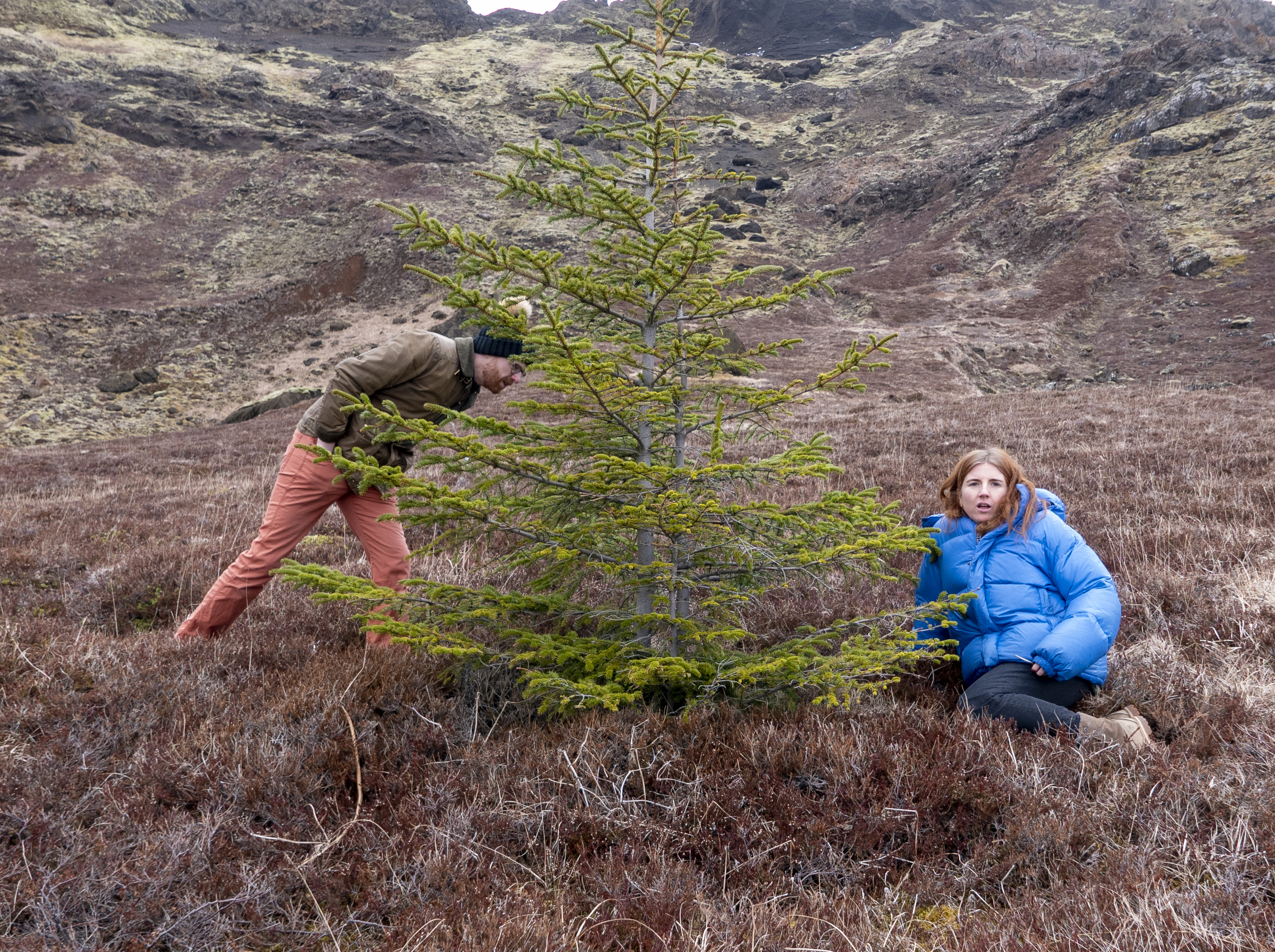
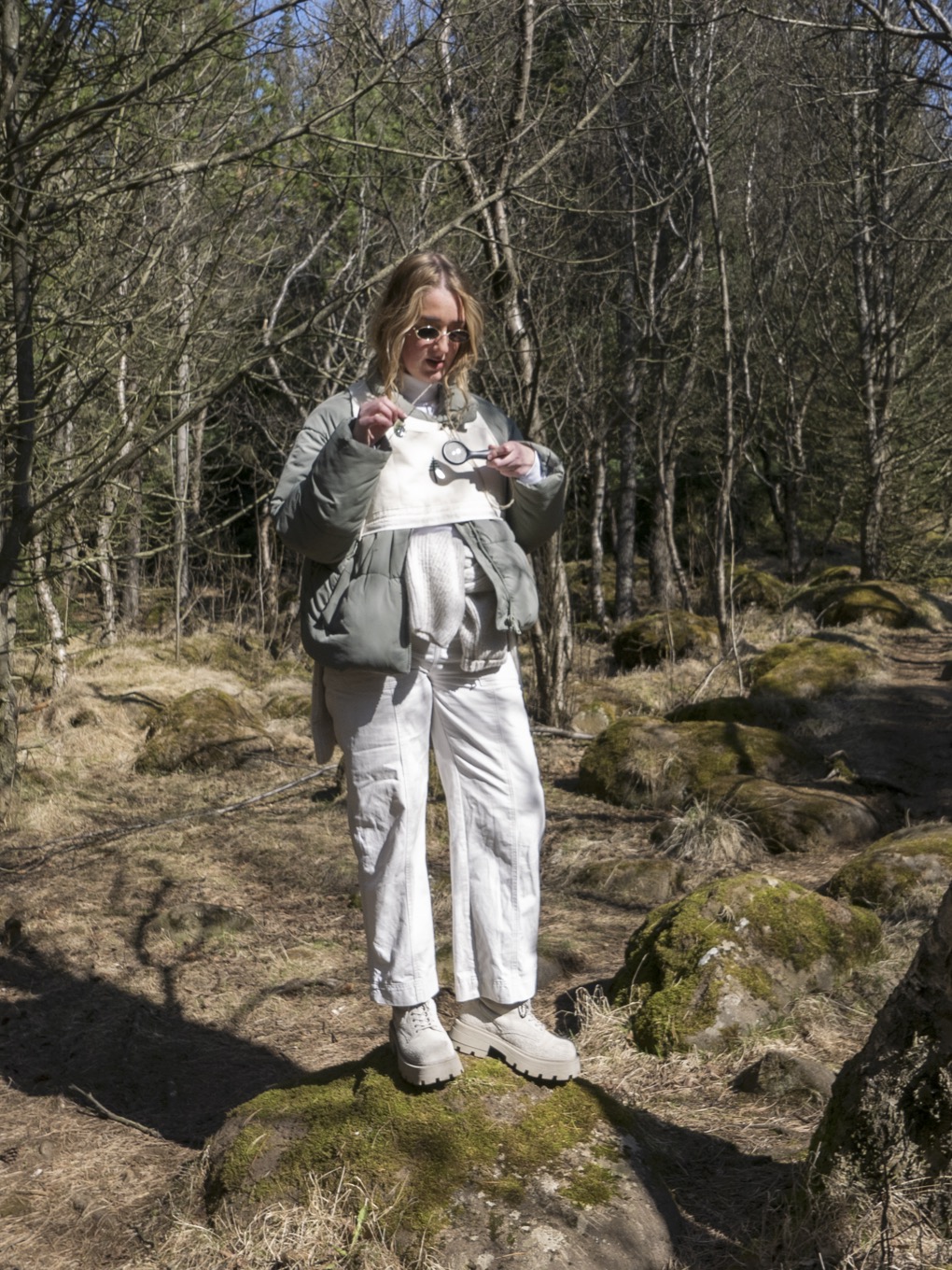
Resonance
With continued acceleration of our modern lives the need for energy and material grows, this has led to immense stress on the ecology that we humans depend on. It also seems to negatively impact our contentment for the world. For German sociologist and political scientist Hartmut Rosa, the problem lies in our focusing on the content of the world, rather than our relationship with the world. Every one of us has something that, when we connect to it, opens us to a more expansive and wonder-filled relationship with the world. This is resonance. Immanuel Kant called it the sublime. Timothy Morton calls it ambience. Many other thinkers across many cultures have called it many things. Everyone has their own unique thing that gives them the experience of resonance, but often it can lie far outside the conventional activities that fill our pre-conditioned lives. For many people spending time in nature is an essential part of connecting to the world, some call it fishingor hunting, others might call it hiking but most of these activities promote moments of resonance.
Based on this ideology we propose that plant perspectives could be that something - offering an opportunity to relate to the world in a way that is less dependent on material extraction and energy. A political act that embraces joy and comfort through sympathy and care - resonating with the world.
Based on this ideology we propose that plant perspectives could be that something - offering an opportunity to relate to the world in a way that is less dependent on material extraction and energy. A political act that embraces joy and comfort through sympathy and care - resonating with the world.

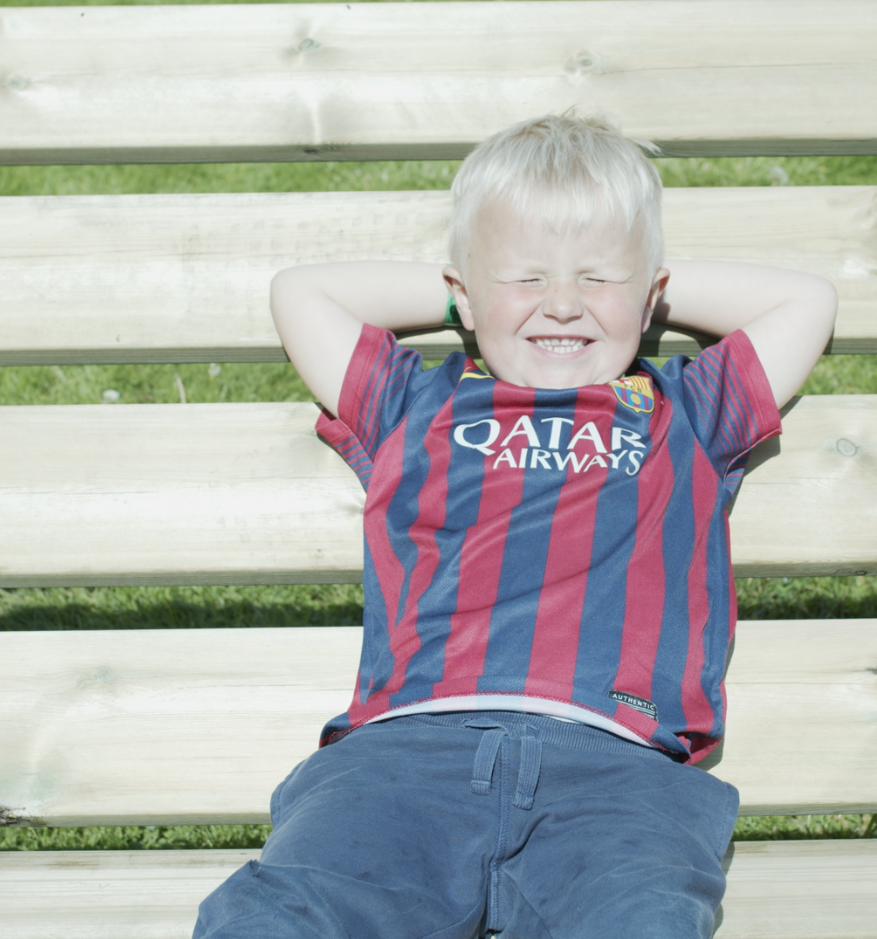
Facilitators
Plant becoming project started as a collabortative thought experiment on nonhuman embodyment by designer Búi Bjarmar Aðalsteinsson and performance artist Hrefna Lind Lárusdóttir. Focusing on it’s practical elements, trying to answer questions such as:
How would a rose behave in a grocery store?
What would a plant do if it got stuck in traffic?
What kind of education would be needed in order to represent a plant perspective?
These questions highlight a common interest that is the actualisation of more-than-human ideology in the context of the everyday. Embracing the mundane as an exciting avenue of exploration. These interests coinside with a drive to promote
selfcare, care for one another and the environment. The result was the formation of Mannyrkjustöðin (Plant Becoming Project). Officialy founded in May of 2020.
How would a rose behave in a grocery store?
What would a plant do if it got stuck in traffic?
What kind of education would be needed in order to represent a plant perspective?
These questions highlight a common interest that is the actualisation of more-than-human ideology in the context of the everyday. Embracing the mundane as an exciting avenue of exploration. These interests coinside with a drive to promote
selfcare, care for one another and the environment. The result was the formation of Mannyrkjustöðin (Plant Becoming Project). Officialy founded in May of 2020.
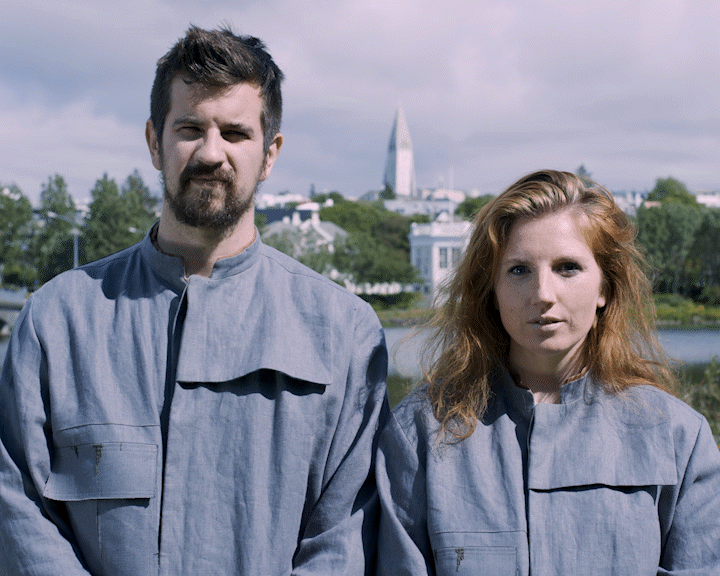
Acknowledgments
This project is a result of communal contributions and funds that togeather enabled it’s creation.
These individuals contributated to varying degrees but without their support this practise would not have materialized:
These individuals contributated to varying degrees but without their support this practise would not have materialized:
Ragnheiður Ingunn Ágústdóttir - Ceramic Artist
Brett Smith - Sound
Pétur Eggertsson - Sound
Brett Smith - Sound
Pétur Eggertsson - Sound
Garðar Eyjólfsson - Design
Guðbjörg R. Jóhannesdóttir - Philosoper
Andrea Vilhjálmsdóttir - Performance & curation
Guðbjörg R. Jóhannesdóttir - Philosoper
Andrea Vilhjálmsdóttir - Performance & curation
This project was developed within the Social Design department at Design Academy Eindhoven with the following contributing tutors:
Alexandre Humbert
Anastasia Kubrak
Brecht Duijf
Dick van Hoff
Gabriel .A. Maher
Anastasia Kubrak
Brecht Duijf
Dick van Hoff
Gabriel .A. Maher
Henriette Waal
Jesse Howard
Marina Otero
Roberto Perez Gayo
Stephane Barbier Bouvet
Jesse Howard
Marina Otero
Roberto Perez Gayo
Stephane Barbier Bouvet
